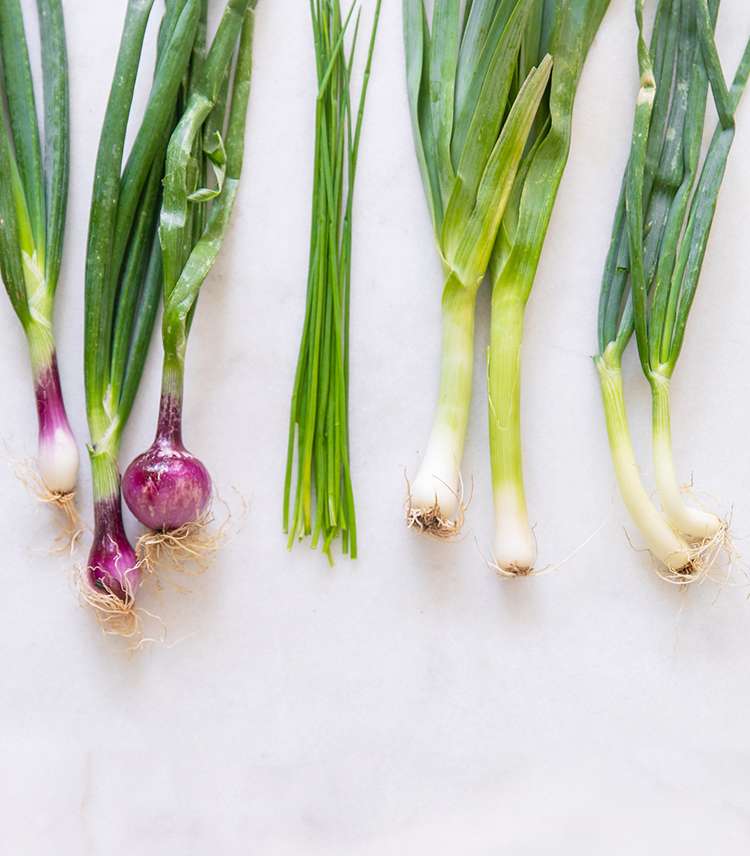- February 2013 (2)
- April 2013 (1)
- May 2013 (1)
- June 2013 (4)
- July 2013 (11)
- August 2013 (2)
- September 2013 (2)
- October 2013 (2)
- December 2013 (1)
- January 2014 (9)
- February 2014 (6)
- March 2014 (10)
- April 2014 (7)
- May 2014 (8)
- June 2014 (7)
- July 2014 (3)
- August 2014 (15)
- September 2014 (10)
- October 2014 (7)
- November 2014 (2)
- December 2014 (6)
- January 2015 (3)
- February 2015 (6)
- March 2015 (6)
- April 2015 (5)
- May 2015 (5)
- June 2015 (3)
- July 2015 (1)
- September 2015 (1)
- October 2015 (1)
- November 2015 (7)
- December 2015 (7)
- January 2016 (12)
- February 2016 (7)
- March 2016 (9)
- April 2016 (8)
- May 2016 (5)
- June 2016 (6)
- July 2016 (8)
- August 2016 (8)
- September 2016 (5)
- October 2016 (7)
- November 2016 (1)
- December 2016 (6)
- January 2017 (3)
- February 2017 (3)
- March 2017 (1)
- June 2017 (1)
- July 2017 (1)
- August 2017 (2)
- September 2017 (3)
- November 2017 (1)
- December 2017 (1)
- January 2018 (1)
- February 2018 (1)
- May 2018 (1)
- June 2018 (3)
- August 2018 (3)
- September 2018 (3)
- October 2018 (5)
- November 2018 (2)
- January 2019 (1)
- February 2019 (2)
- March 2019 (3)
- April 2019 (3)
- May 2019 (5)
- June 2019 (2)
- July 2019 (4)
- August 2019 (5)
- September 2019 (5)
- October 2019 (5)
- November 2019 (3)
- December 2019 (6)
- January 2020 (6)
- February 2020 (4)
- March 2020 (7)
- April 2020 (5)
- May 2020 (4)
- June 2020 (3)
- July 2020 (5)
- August 2020 (5)
- September 2020 (4)
- October 2020 (7)
- November 2020 (4)
- December 2020 (3)
- January 2021 (3)
- February 2021 (5)
- March 2021 (8)
- April 2021 (4)
- May 2021 (5)
- June 2021 (7)
- July 2021 (4)
- August 2021 (5)
- September 2021 (3)
- October 2021 (2)
- November 2021 (2)
- January 2022 (3)
- February 2022 (1)
- March 2022 (2)
- April 2022 (1)
- May 2022 (4)
- June 2022 (6)
- July 2022 (6)
- August 2022 (5)
- September 2022 (4)
- October 2022 (3)
- November 2022 (1)
- December 2022 (1)
- January 2023 (3)
- February 2023 (2)
- March 2023 (5)
- April 2023 (3)
- May 2023 (3)
- June 2023 (5)
- July 2023 (2)
- August 2023 (1)
- September 2023 (3)
- October 2023 (2)
- January 2024 (2)
- February 2024 (4)
- April 2024 (2)
- May 2024 (2)
- June 2024 (19)
- July 2024 (3)
- August 2024 (1)
- September 2024 (4)
- October 2024 (4)
- November 2024 (4)
- December 2024 (2)
- January 2025 (1)
- February 2025 (3)
- March 2025 (1)
- April 2025 (1)
- May 2025 (3)
- June 2025 (3)
- July 2025 (1)
- August 2025 (2)
- September 2025 (1)
- October 2025 (1)
- November 2025 (5)
Know Your Onions!
Thursday, May 30, 2019

There are spring onions, and then there are green onions--and what about scallions? Are those the same as green onions? Leeks and chives fall in here somewhere, too. What's the difference and how should you know when to use which? Here's our handy cheat sheet for figuring out the differences!
Spring Onions

Spring onions are noted for the small bulbs at their base. Some spring onions are white and look similar to green onions, but others are a deep, beautiful red color at the bulb. Spring onions can be used similarly to regular onions, but the flavor is slightly sweeter and milder. The green tops can be used in addition to the bulb--they're perfect for cutting into inch-long pieces and roasting in the oven, or you can cook the whole spring onion on the grill. They get their name from the fact that they are harvested in the spring.
Chives

Chives, a cousin of the scallion, vary the most from the onions included here since they are considered an herb. Chives and scallions can be used for similar purposes, such as the topping for a dish, but their flavors are distinctly different. Chives are significantly milder than scallions and should be coooked only briefly (if at all) to avoid a loss of flavor. An exciting perk of chives is that they grow beautiful purple flowers that are edible! You can buy these at farmers markets, or grown them yourself in the garden. Make sure to plunge the flowers underwater a couple times before using (they can be fairly dirty), and then separate the flowers into florets that you can sprinkle on top of your dish.
Leeks
Leeks are recognizeable by the 'V' that their dark green tops tend to make, and by their cylindrical base--which is very different from the bulbs of onions. The white and lighter green parts of leeks are most commonly used, while the dark green tops are typically discarded because of their tougher texture. Raw leeks have a harsh, strong flavor, but once cooked become soft with a sweet, oniony flavor. They have many layers once cut open--make sure to clean any dirt out between the layers before cooking. We highly recomment sauteeing sliced leeks in butter! Perfect for salads, quiches, sauces, you name it.
Green Onions, AKA Scallions

Spoiler alert: green onions and scallions are the same thing! Green onions have a cylindrical base, similar to leeks, but are much smaller and thinner than leeks. The cylindrical base helps differentiate them from spring onions, which are basically a more mature version of green onions. Spring onions are rather mild and can be eated raw or cooked. The dark green tops are disposed of by some, but are tender and can be eaten with the rest of the green onion. Fun party trick: try slicing your green onions at the diagonal. Hold the knife diagonally to the bottom root as you slice rather than parallel to it, as you might normally do. The result is a beautiful garnish!



